Home>Garden Essentials>How To Get Eggplant Seeds


Garden Essentials
How To Get Eggplant Seeds
Modified: May 6, 2024
Learn how to get eggplant seeds for your garden and start growing your own delicious eggplants at home.
(Many of the links in this article redirect to a specific reviewed product. Your purchase of these products through affiliate links helps to generate commission for Storables.com, at no extra cost. Learn more)
Introduction
Growing your own eggplants can be a rewarding and delicious experience. Whether you’re a seasoned gardener or just starting out, understanding how to get eggplant seeds is an essential first step. By collecting and harvesting your own eggplant seeds, you can ensure the quality of your plants, save money, and even share them with friends and family.
In this article, we will guide you through the process of obtaining eggplant seeds, from collecting them from mature eggplants to storing them for future use. We will also provide tips on planting and caring for the seedlings to ensure a successful eggplant harvest.
So, grab your gardening gloves and let’s dive into the wonderful world of eggplant seeds!
Key Takeaways:
- Collect mature eggplants, separate and dry the seeds, then store them in a cool, dry place. Plant the seeds in warm, sunny areas with well-draining soil for a bountiful eggplant harvest.
- Care for your eggplant seedlings by providing consistent moisture, proper support, and addressing any pests or diseases. Troubleshoot common issues promptly to ensure healthy and thriving plants.
Read more: How To Plant Eggplant Seeds
Understanding Eggplant Seeds
Before delving into the process of obtaining eggplant seeds, it’s important to understand the basics of these tiny powerhouses. Eggplant seeds are the reproductive units of the eggplant plant (Solanum melongena), a member of the nightshade family. They are typically small, oval-shaped, and brown or black in color.
Eggplant seeds are responsible for the propagation of the plant and contain all the genetic information needed to grow into a mature plant. Each seed carries the traits and characteristics of its parent plant, so it’s crucial to select healthy and disease-free eggplants for seed collection.
Eggplant seeds have a relatively short lifespan, with their viability decreasing over time. Freshly harvested seeds have the highest chance of successful germination, so it’s best to collect and use them as soon as possible. However, with proper storage techniques, eggplant seeds can remain viable for up to three years.
It’s important to note that some eggplant varieties are open-pollinated, meaning they can naturally cross-pollinate with other nearby eggplants and produce seeds with mixed traits. If you’re looking to maintain the specific characteristics of a particular eggplant variety, it’s recommended to keep different varieties of eggplants separated by a sufficient distance to prevent cross-pollination.
Now that we’ve covered the basics of eggplant seeds, it’s time to learn how to collect and harvest them from mature eggplants.
Collecting Eggplant Seeds
When it comes to collecting eggplant seeds, the first step is to select mature, healthy eggplants from which to harvest the seeds. Look for eggplants that are fully ripe and have reached their optimal size. Avoid using underdeveloped or overripe eggplants, as they may produce seeds that are less viable.
To collect the seeds, begin by cutting the eggplant open lengthwise. Use a spoon or your fingers to scoop out the flesh and seeds from the center of the fruit. Place the extracted seeds into a bowl or container, making sure to remove any excess flesh or pulp.
Next, fill the container with water and swirl it gently to separate the seeds from the remaining pulp. Most of the good seeds will sink to the bottom, while the pulp and debris will float to the top. Carefully pour out the water, taking care not to lose any of the valuable seeds.
Once you have separated the seeds from the pulp, spread them out onto a paper towel or a fine mesh screen to dry. Allow them to air dry in a well-ventilated area for about one to two weeks, or until the seeds are thoroughly dry. This will help prevent mold and ensure the seeds are ready for storage.
It’s important to note that some gardeners prefer to ferment their eggplant seeds to improve their germination rates. Fermentation helps remove any substances that may inhibit seed germination and can be especially beneficial for larger or less mature seeds. To ferment the seeds, place them in a jar with a small amount of water and allow them to sit at room temperature for a few days. Stir the mixture daily until a layer of mold forms on top. Then, carefully pour off the liquid and rinse the seeds before drying them as mentioned earlier.
By properly collecting and cleaning your eggplant seeds, you’re taking the first step towards ensuring a successful harvest. Now, let’s move on to the next step: harvesting the eggplant seeds.
Harvesting Eggplant Seeds
Harvesting eggplant seeds is an important step in the seed-saving process. It involves carefully selecting mature fruits and extracting the seeds for future planting. Here's a step-by-step guide on how to harvest eggplant seeds:
- Choose Ripe Eggplants: Select fully mature eggplants for seed harvesting. Look for firm, glossy fruits that have reached their full size and color. Avoid using underdeveloped or overripe eggplants, as they may not produce viable seeds.
- Leave Eggplants on the Plant: Instead of harvesting the eggplants for consumption, leave them on the plant until they become overripe and start to show signs of deterioration. This signals that the seeds are fully matured and ready for harvest.
- Observe Fruit Changes: As the eggplants ripen further, their skin color may change from vibrant to dull and may even develop brown spots or wrinkles. This is normal and indicates that the fruit is nearing the point of maturity.
- Cut Open the Eggplants: Once the eggplants have become fully ripe, carefully cut them open lengthwise. Inside, you will find an abundance of seeds embedded in the flesh. Use a spoon or your fingers to scoop out the seeds along with the surrounding gel-like substance.
- Separate Seeds from Pulp: Place the seeds and pulp in a bowl or container filled with water, and gently swirl the mixture. The mature seeds will sink to the bottom, while the pulp and immature seeds will float to the top. Skim off the floating debris and carefully pour out the water, retaining the sunken seeds.
- Dry the Seeds: Spread the collected seeds on a paper towel or a fine mesh screen to air dry. Place them in a well-ventilated area away from direct sunlight. Allow the seeds to dry completely for around two weeks, or until they are brittle and can be easily snapped between your fingers.
It is important to thoroughly dry the harvested seeds as any lingering moisture can lead to mold or fungal growth, which can reduce viability. Once the seeds are dry, they are ready for storage until the planting season arrives.
Now that you have successfully harvested and dried your eggplant seeds, it is time to talk about the importance of proper storage techniques to maintain their viability.
Storing Eggplant Seeds
Proper storage is vital to maintain the viability of eggplant seeds for future planting. By utilizing the right techniques, you can ensure that your collected seeds remain healthy and viable for an extended period. Here are some tips on storing eggplant seeds:
- Clean and Dry Seeds: Before storing the seeds, make sure they are completely dry. Remove any remaining debris or moisture by gently blowing on them or using a soft brush. You can also place them on a paper towel for a few hours to absorb any residual moisture.
- Choose Suitable Containers: Select small, airtight containers for seed storage. Mason jars or resealable plastic bags work well. Make sure that the containers are clean and dry before placing the seeds inside.
- Label and Date: It is essential to label your seed containers with the variety and the date of collection. This information will help you keep track of the age and type of seeds for future reference.
- Store in a Cool, Dry Place: Find a cool, dark, and dry location to store your eggplant seeds. Ideally, the temperature should be around 40 to 50 degrees Fahrenheit (4 to 10 degrees Celsius) with low humidity. Avoid areas with fluctuating temperatures or high moisture levels, such as basements or kitchens.
- Avoid Freezing or Excessive Heat: Although eggplant seeds can tolerate cold temperatures to some extent, it is recommended to avoid freezing them. Extreme cold or heat can damage the seeds and decrease their viability. Stick to the recommended storage conditions to ensure optimal seed health.
- Regularly Check for Mold or Moisture: Periodically examine your stored seeds to detect any signs of mold or moisture. If you notice any moldy or damp seeds, remove them immediately to prevent the spread of mold to other seeds. Proper ventilation and dry conditions are crucial to prevent fungal growth.
By following these storage guidelines, you can extend the lifespan of your eggplant seeds and maintain their viability for multiple planting seasons. With properly stored seeds, you’ll be ready to plant and grow healthy eggplant seedlings when the time is right.
Now, let’s move on to the next step in the process: planting your eggplant seeds.
You can get eggplant seeds by purchasing them from a local nursery or garden center. You can also save seeds from a ripe eggplant and dry them for planting in the next growing season.
Read more: How To Remove Eggplant Seeds
Planting Eggplant Seeds
Now that you have collected, harvested, and properly stored your eggplant seeds, it’s time to plant them and start growing your own eggplants. Here is a step-by-step guide on how to plant eggplant seeds:
- Choose the Right Time: Eggplants are warm-season plants, so it’s important to wait until the danger of frost has passed before planting the seeds. Depending on your location, this is typically in late spring or early summer.
- Prepare the Soil: Eggplants thrive in well-draining soil that is rich in organic matter. Prepare the planting area by loosening the soil with a garden fork or tiller. Incorporate compost or aged manure to improve soil fertility and drainage. Aim for a pH level of around 6.0 to 6.8.
- Sow the Seeds: Plant the eggplant seeds about ¼ inch deep into the prepared soil, spacing them around 2 to 3 inches apart. Gently cover the seeds with soil and lightly press them down. Keep in mind that eggplants require warm soil for germination, ideally around 75 to 85 degrees Fahrenheit (24 to 29 degrees Celsius).
- Provide Optimal Growing Conditions: Place the planted seeds in a sunny location that receives at least 6 to 8 hours of direct sunlight per day. Eggplants prefer warm temperatures, so make sure the planting area provides adequate heat and protection from strong winds.
- Watering: Keep the soil consistently moist but not waterlogged. Eggplant plants require regular watering, especially during dry periods. Water at the base of the plants, avoiding wetting the leaves to prevent fungal diseases. Mulching can help retain moisture and regulate soil temperature.
- Thin or Transplant Seedlings: Once the seedlings have emerged and developed their first true leaves, you may need to thin them to allow proper spacing. Alternatively, you can carefully transplant the seedlings to individual pots or their designated spots in the garden. Aim for a spacing of 18 to 24 inches between plants.
- Provide Support: As the eggplant plants grow, they may require support to prevent heavy fruit-laden branches from bending or breaking. Stake or cage your plants to provide the necessary support and keep the foliage upright.
- Regular Maintenance: Keep an eye on your eggplant plants and provide regular care. Remove weeds, check for pests, and provide them with proper nutrients. Regularly fertilize the plants with a balanced organic fertilizer, following the recommended instructions.
- Harvesting: Depending on the eggplant variety, you can expect to harvest your mature fruits in around 70 to 90 days. Harvest the eggplants when they are firm, shiny, and have reached their full size. Use a sharp knife or pruners to cut the fruit from the plant, taking care not to damage the remaining fruit or the stem.
By following these planting guidelines, you will give your eggplant seeds the best chance to grow into healthy and productive plants. With proper care and attention, you’ll soon be enjoying a bountiful harvest of delicious homegrown eggplants.
Next, let’s explore some essential tips for caring for your eggplant seedlings to ensure their successful growth.
Caring for Eggplant Seedlings
Proper care is essential to ensure the healthy growth and development of your eggplant seedlings. Here are some important tips to help you care for your eggplant seedlings:
- Watering: Eggplant seedlings require consistent moisture, especially in their early stages of growth. Keep the soil evenly moist, but avoid overwatering, as it can lead to root rot. Water at the base of the plants to prevent wetting the leaves, which can increase the risk of fungal diseases.
- Fertilization: Feed your eggplant seedlings with a balanced, organic fertilizer to provide them with essential nutrients. Start fertilizing about two weeks after transplanting or when the seedlings have developed a few sets of true leaves. Follow the fertilizer’s instructions for application rates and frequency.
- Weeding: Regularly remove weeds from the area around your eggplant seedlings. Weeds can compete with your plants for nutrients, water, and sunlight. Hand pull or use a hoe to gently remove any unwanted plants, being careful not to damage the delicate seedling roots.
- Sunlight and Temperature: Eggplants thrive in full sunlight, so ensure your seedlings receive at least 6 to 8 hours of direct sunlight each day. Additionally, maintain a temperature range of 70 to 85 degrees Fahrenheit (21 to 29 degrees Celsius) for optimal growth. Provide shade or cover if temperatures exceed this range.
- Support and Pruning: As your eggplant seedlings grow, they may require support to prevent the heavy branches from breaking. Stake or cage the plants to provide stability. Additionally, remove any suckers or side shoots that may appear in the leaf axils, as they can divert energy from fruit production.
- Pest and Disease Control: Monitor your eggplant seedlings for any signs of pests or diseases. Common pests that affect eggplants include aphids, flea beetles, and tomato hornworms. If necessary, use organic pest control methods such as neem oil or insecticidal soap to manage the infestation. Preventing diseases such as powdery mildew can be done by providing good air circulation and avoiding overhead watering.
- Mulching: Apply a layer of organic mulch, such as straw or wood chips, around your eggplant seedlings. Mulching helps retain moisture, suppresses weed growth, and regulates soil temperature. Ensure the mulch is not placed too close to the stems to avoid rotting.
- Regular Monitoring: Regularly inspect your eggplant seedlings for any issues or signs of distress. Check for nutrient deficiencies, water stress, or pest and disease problems. Early detection and prompt action can prevent further damage and ensure the health of your plants.
By providing proper care and attention to your eggplant seedlings, you will help them grow into robust and productive plants. With patience and diligence, you’ll soon be rewarded with a harvest of delicious and nutritious eggplants.
Now, let’s troubleshoot some common issues that may arise with your eggplant seedlings and explore possible solutions.
Troubleshooting Eggplant Seedling Issues
Eggplant seedlings can sometimes encounter challenges that hinder their growth and health. By identifying and addressing these issues promptly, you can prevent further damage and help your seedlings thrive. Here are some common problems that may arise with eggplant seedlings and potential solutions:
- Damping-Off: Damping-off is a fungal disease that can cause seedling collapse and death. To prevent damping-off, ensure good air circulation around your seedlings by providing proper spacing. Avoid overwatering and use well-draining soil. Additionally, use sterile seed starting mix to minimize the risk of fungal infections.
- Yellowing Leaves: Yellowing leaves on eggplant seedlings can be a sign of nutrient deficiencies or overwatering. Check the soil moisture levels and adjust watering accordingly. If the soil is consistently wet, reduce watering. If the yellowing persists, consider using a balanced organic fertilizer to provide essential nutrients.
- Wilting Seedlings: Wilting seedlings can indicate either overwatering or underwatering. Check the moisture levels of the soil and adjust watering accordingly. Ensure the soil drains well and does not become waterlogged, which can suffocate the roots. Adjust watering frequency to maintain consistent moisture levels.
- Pests: Eggplants are susceptible to pests such as aphids, flea beetles, and tomato hornworms. To manage pest infestations, you can try using organic pest control methods like neem oil or insecticidal soap. Regularly inspect your plants for signs of pests and take prompt action to prevent damage.
- Diseases: Common diseases that can affect eggplant seedlings include fungal infections like powdery mildew and bacterial infections like bacterial wilt. Ensure proper air circulation, avoid overhead watering, and promptly remove any infected or diseased plants to prevent the spread of disease. Consider using disease-resistant varieties if available.
- Leggy Seedlings: Leggy seedlings with elongated stems can be a result of inadequate light. Ensure your seedlings receive sufficient direct sunlight or provide supplemental artificial lighting. Position the light source close to the seedlings to prevent excessive stretching.
- Slow Growth: If your eggplant seedlings are exhibiting slow growth, check their environmental conditions. Ensure they receive adequate sunlight, proper watering, and sufficient nutrients. Adjust care accordingly to provide optimal growing conditions. Additionally, ensure proper spacing to prevent competition for resources.
- Transplant Shock: Transplanting seedlings can sometimes lead to transplant shock. To minimize this, handle the seedlings carefully, minimizing root disturbance. Water the seedlings immediately after transplanting and provide shade or protection from intense sunlight until they have fully acclimated.
By troubleshooting and addressing these common issues, you can help your eggplant seedlings overcome challenges and thrive. Remember that prevention, early detection, and appropriate action are key to ensuring the health and success of your plants.
Now that you have a good understanding of troubleshooting eggplant seedling issues, it’s time to conclude this article and reflect on the joys of growing your own eggplants.
Conclusion
Congratulations! You have now learned how to obtain, collect, harvest, store, plant, and care for eggplant seeds. By following these steps and tips, you can embark on a journey of growing your own lush and productive eggplant garden.
Starting with the understanding of eggplant seeds, you grasped the importance of selecting mature eggplants for seed collection and the significance of seed viability. You learned how to collect the seeds, separate them from the pulp, and dry them properly before storage.
With the knowledge of proper storage techniques, you can ensure the longevity of your eggplant seeds, allowing you to save them for multiple planting seasons. Remember, a cool, dry location is essential to maintain their viability.
When it’s time to plant your seeds, provide them with optimal growing conditions such as warm temperatures, adequate sunlight, and well-draining soil. Care for your seedlings by watering them properly, providing necessary support, and addressing any pests or diseases that may arise.
Throughout this journey, you’ve encountered various challenges that can impact the health of your eggplant seedlings. By troubleshooting issues promptly and implementing appropriate solutions, you can overcome these obstacles and ensure the successful growth of your plants.
Now, armed with this knowledge and understanding, you can venture into the world of growing eggplants with confidence and excitement. As your plants flourish and you harvest the delicious fruits of your labor, you’ll be rewarded with a sense of satisfaction and the joy of enjoying homegrown eggplants in your favorite dishes.
Remember, gardening is a continuous learning process. Each season brings new experiences and opportunities for growth. Embrace the journey, experiment with different eggplant varieties, and share your love for gardening with others.
So, grab your gardening tools, sow those eggplant seeds, and enjoy the bountiful rewards of your labor. Happy gardening!
Now that you've mastered collecting and planting eggplant seeds, why not spruce up the space where your new plants will thrive? For those with a knack for gardening, diving into creative projects can transform a basic garden into a stunning retreat. If you're ready for a change, our article on garden fence ideas offers a wealth of inspiration to secure and beautify your outdoor sanctuary. From simple wood barriers to ornate metal installations, find the perfect design to complement your green space and personal style.
Frequently Asked Questions about How To Get Eggplant Seeds
Was this page helpful?
At Storables.com, we guarantee accurate and reliable information. Our content, validated by Expert Board Contributors, is crafted following stringent Editorial Policies. We're committed to providing you with well-researched, expert-backed insights for all your informational needs.
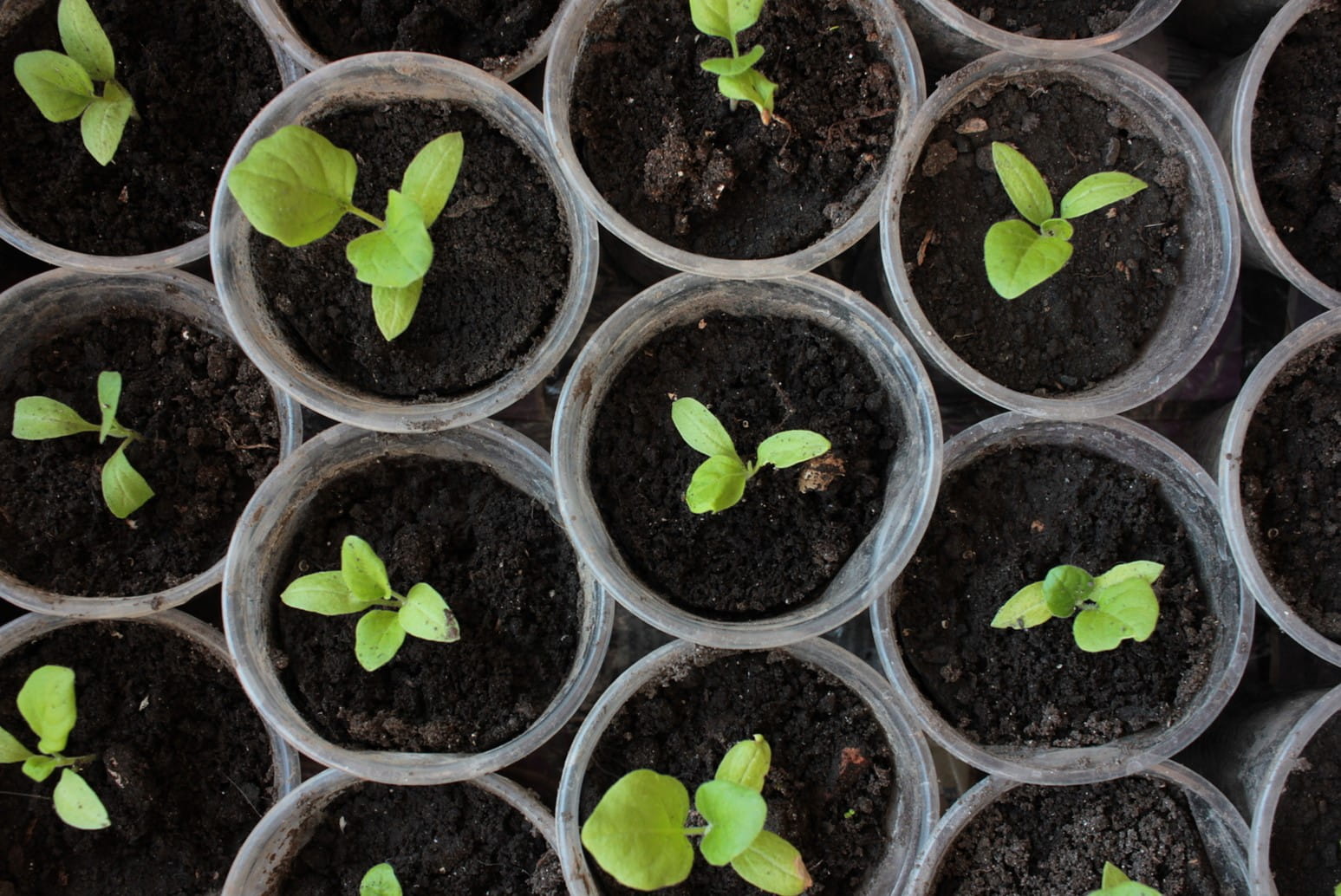
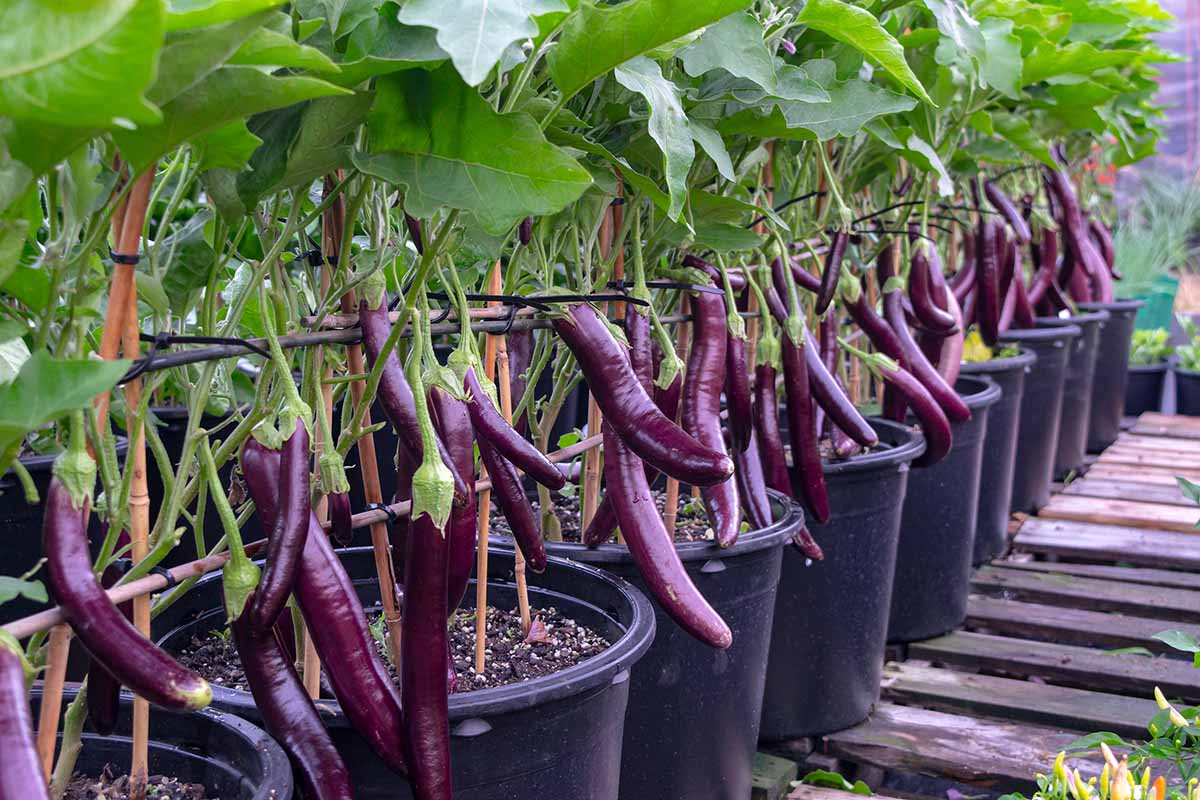
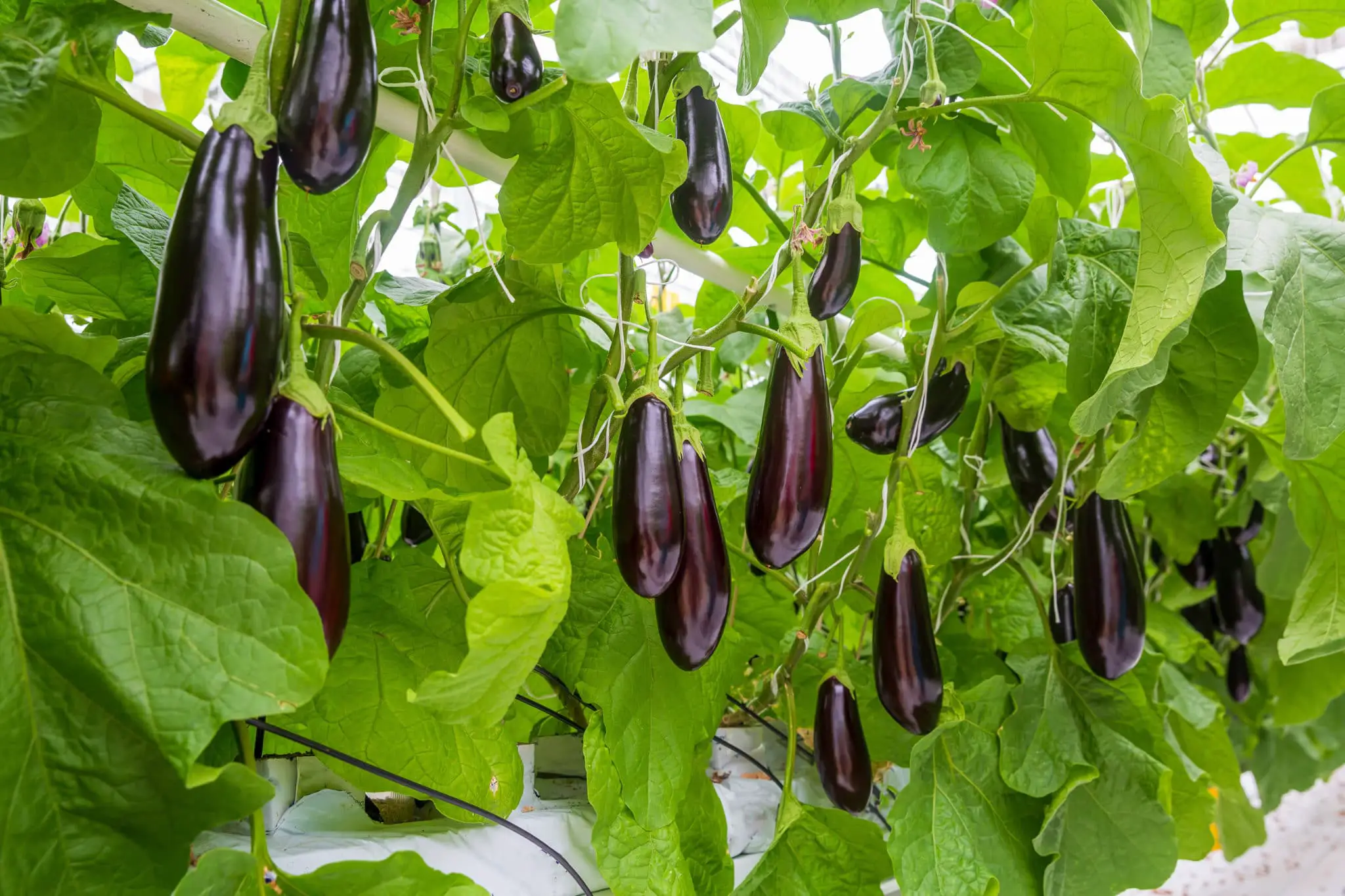

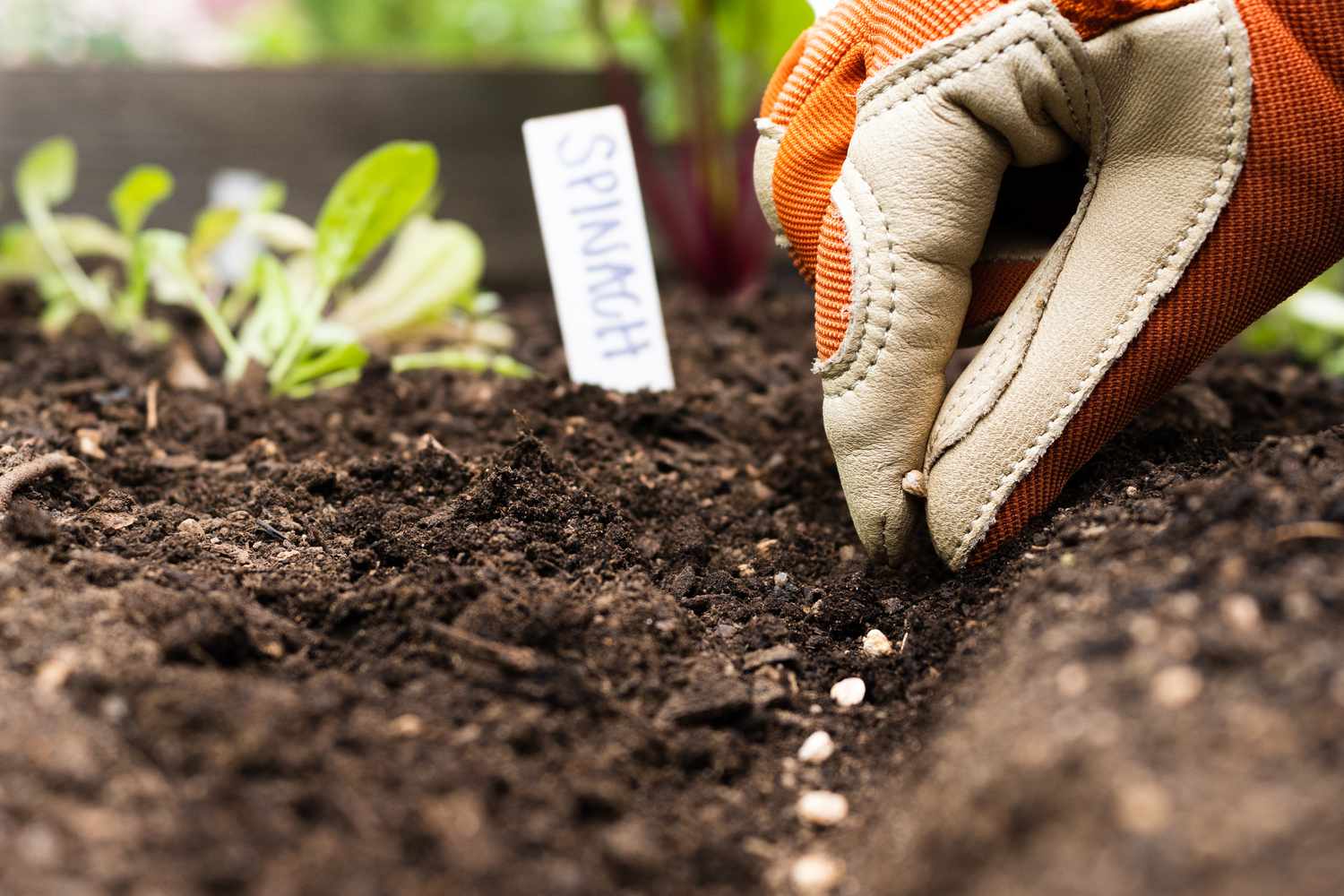
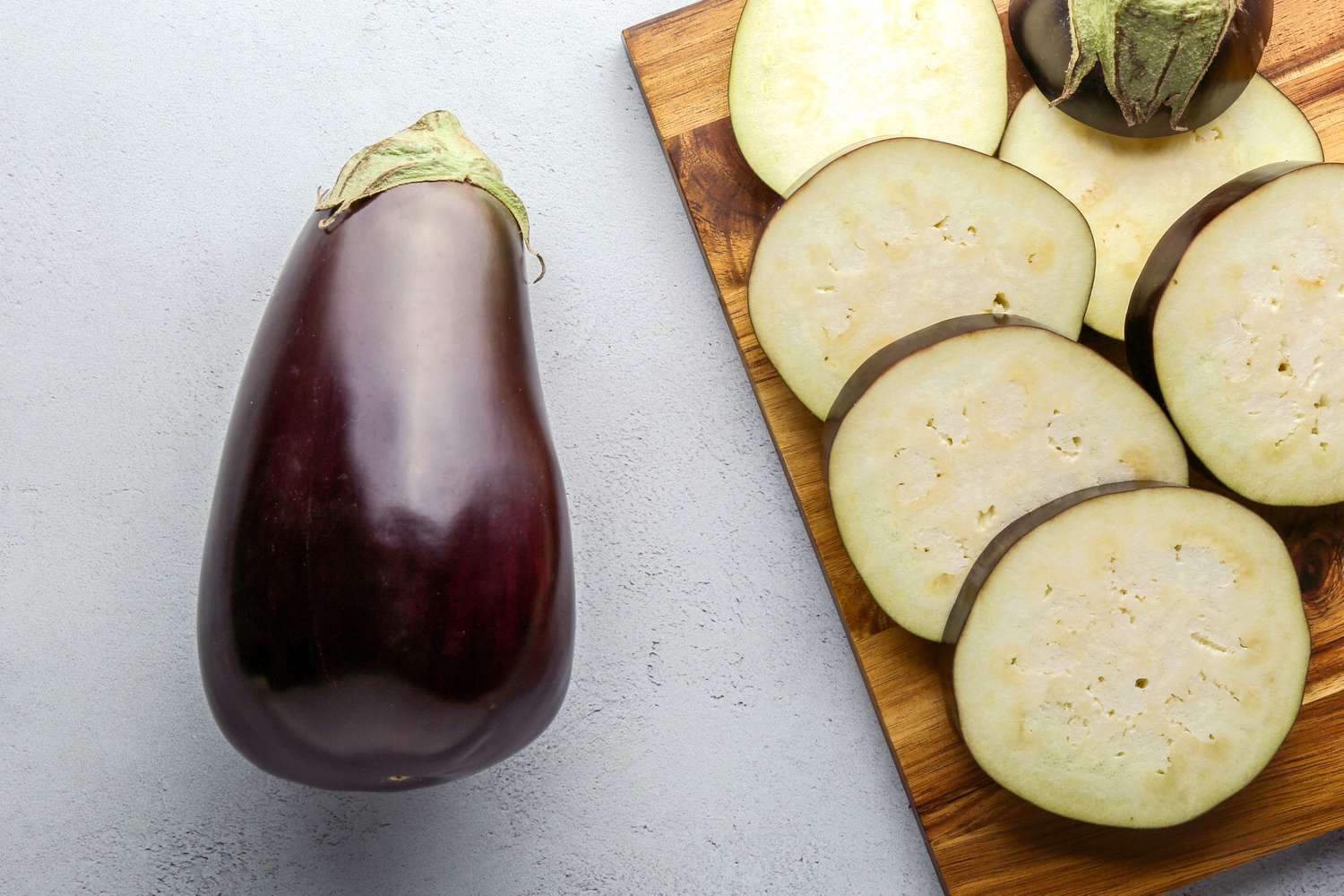
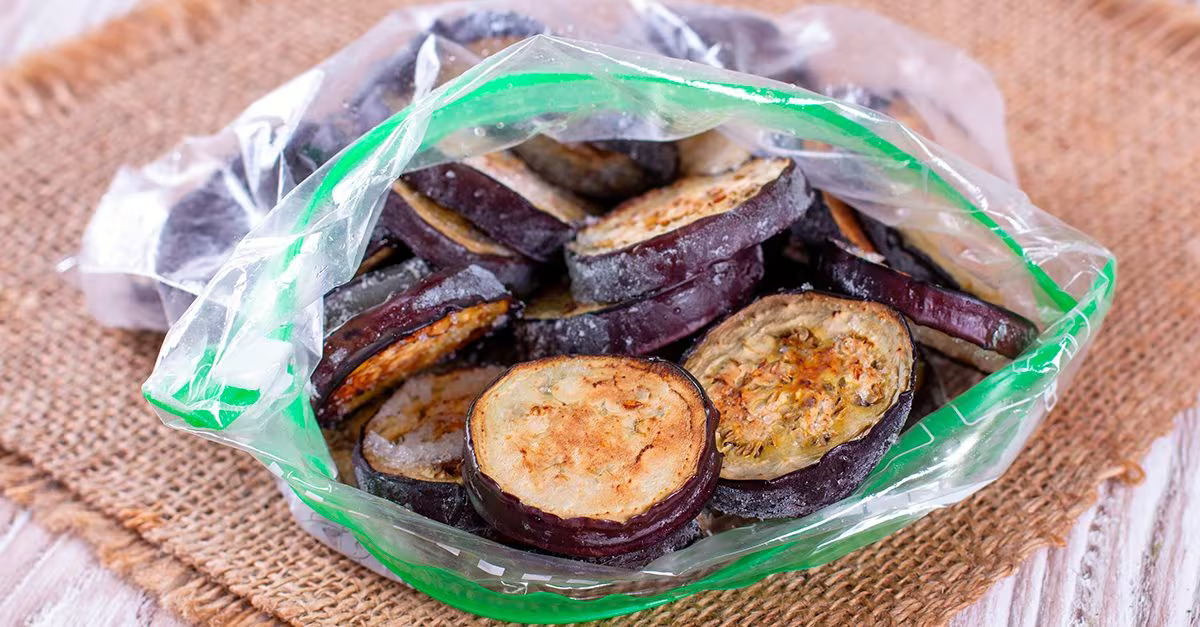
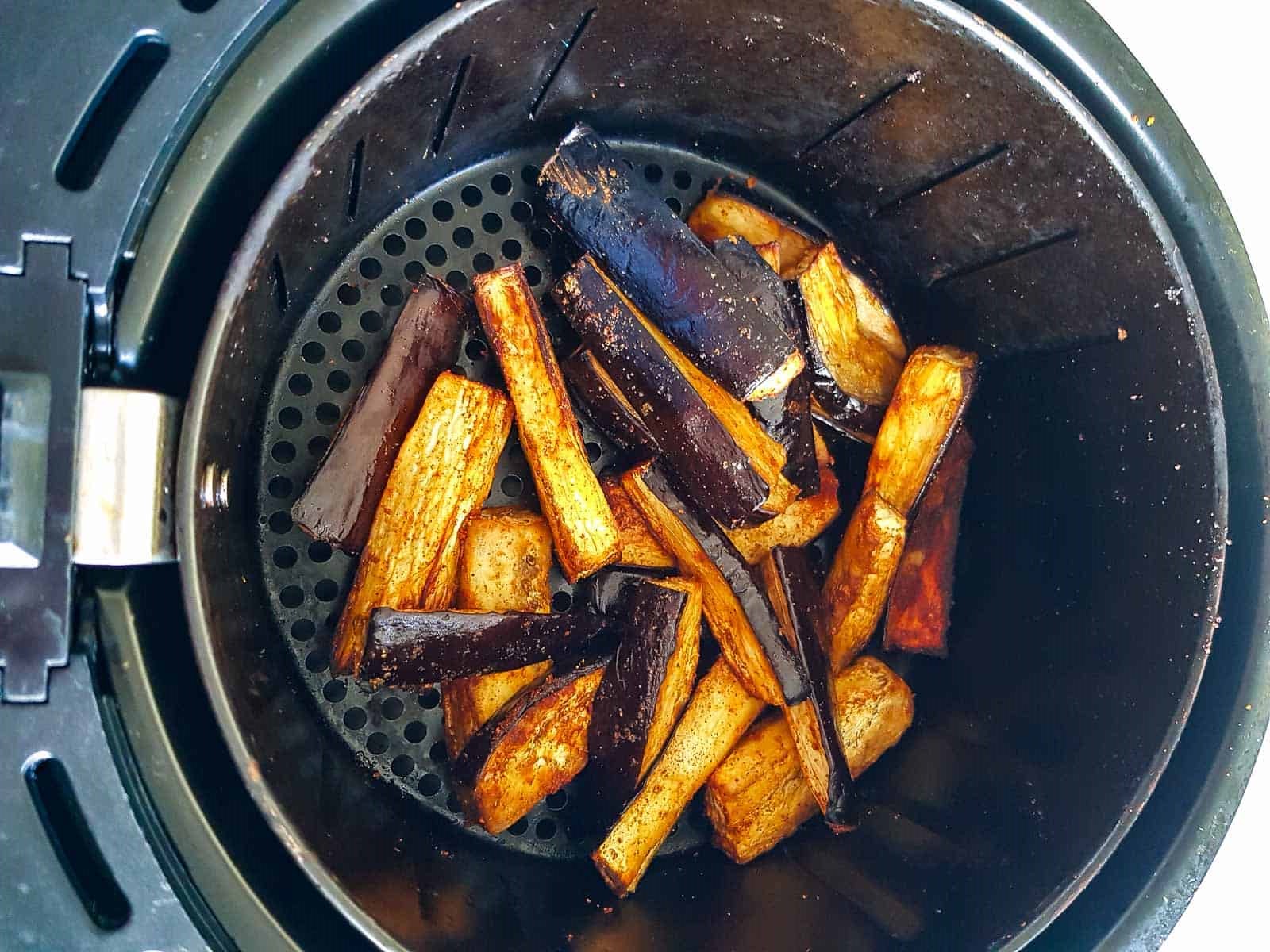
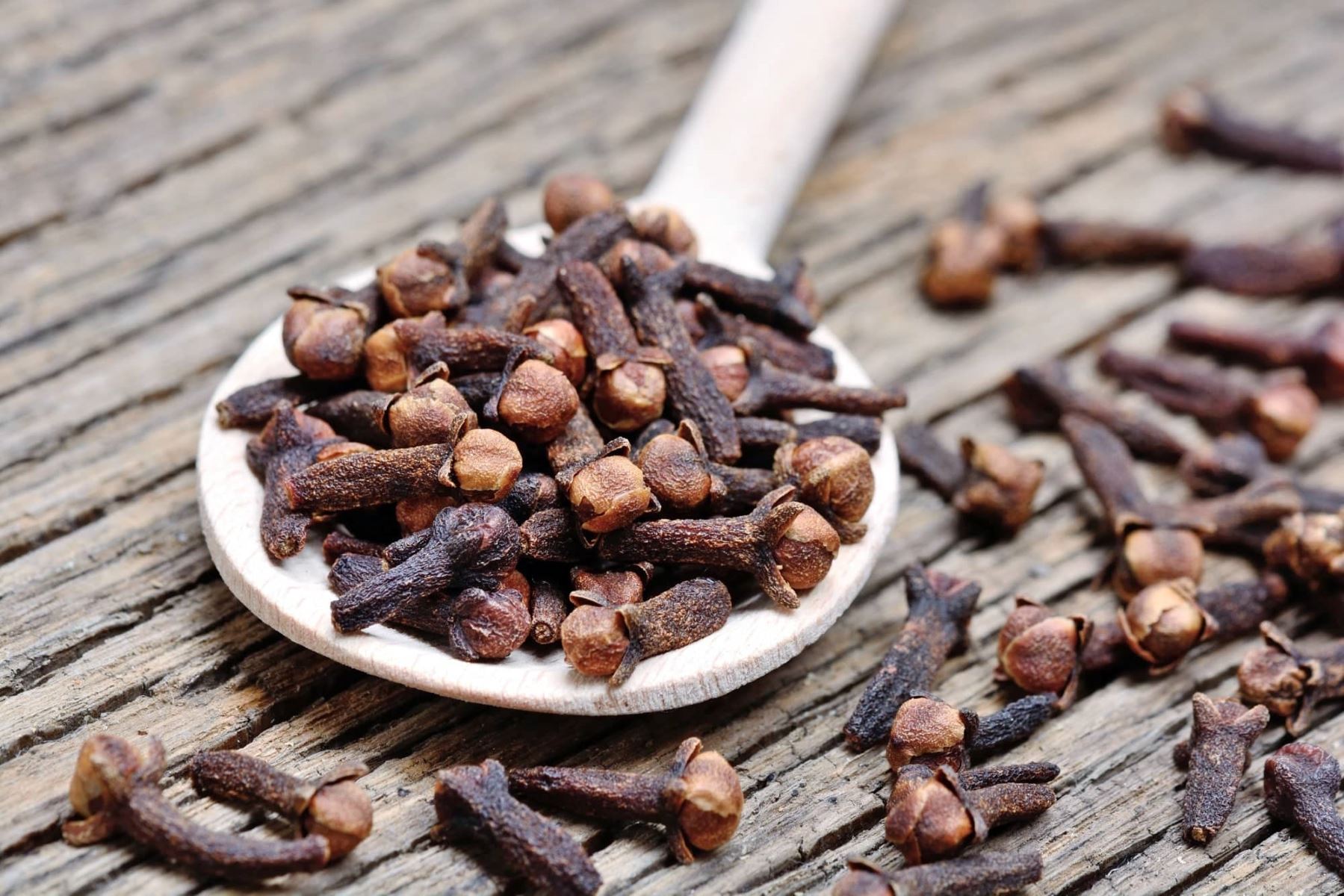
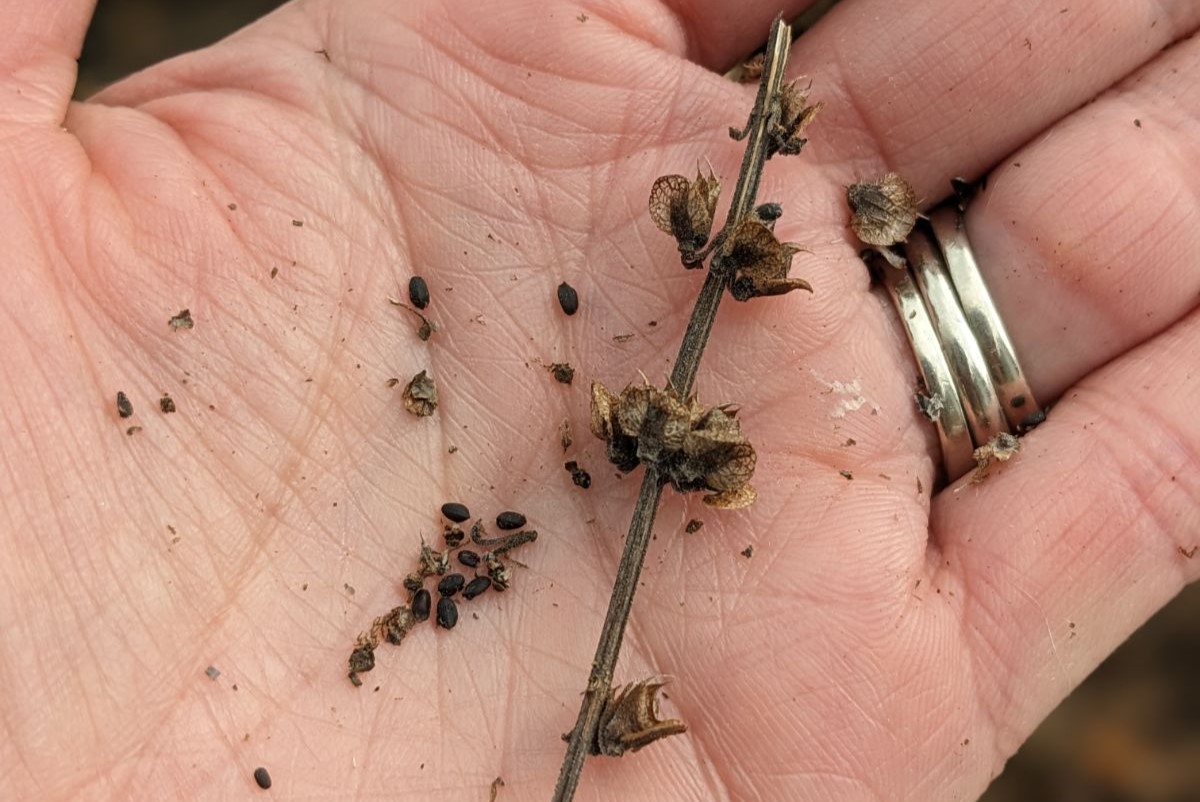
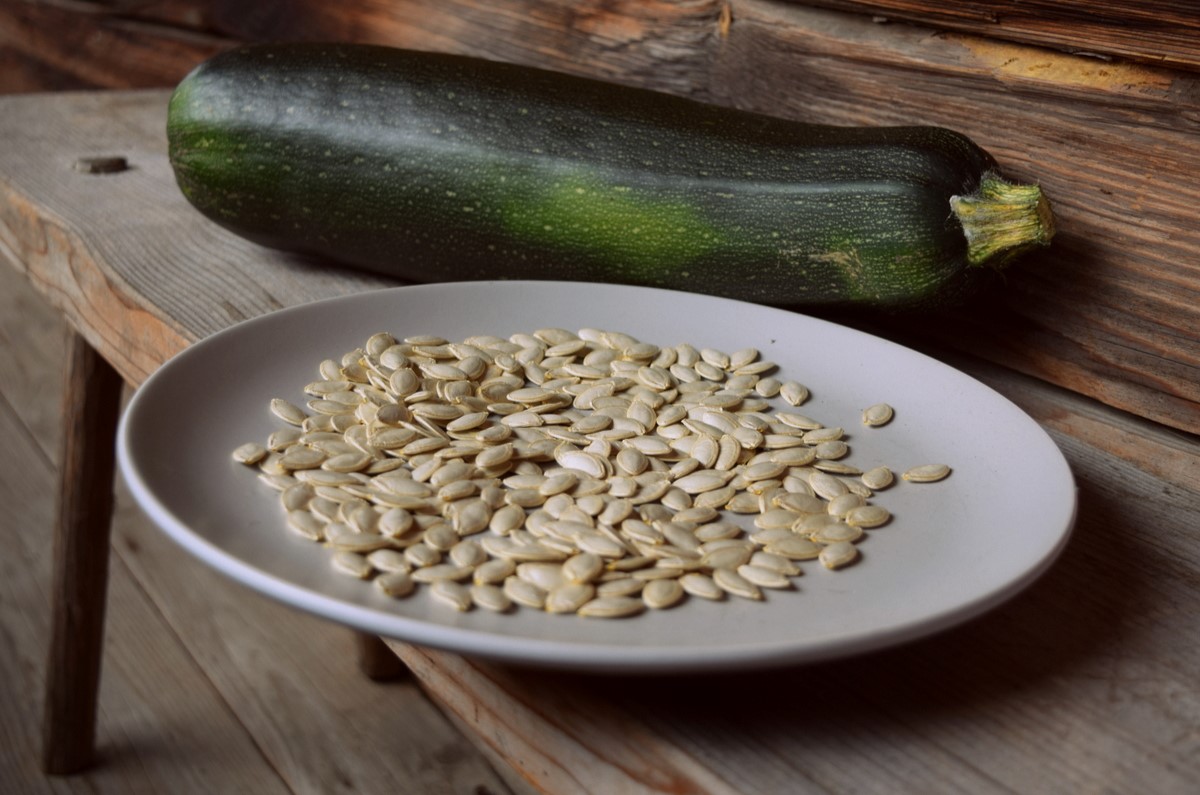
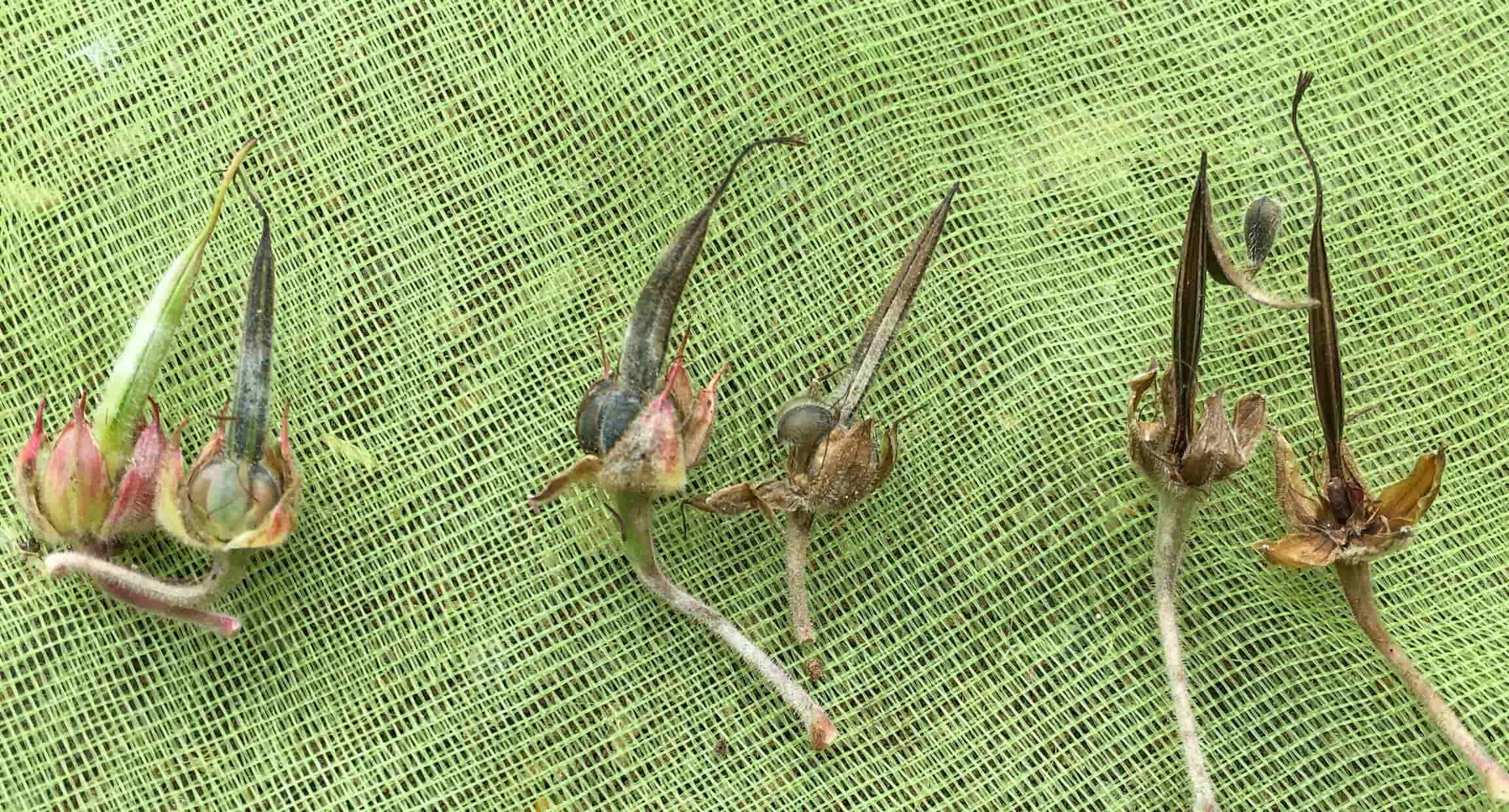

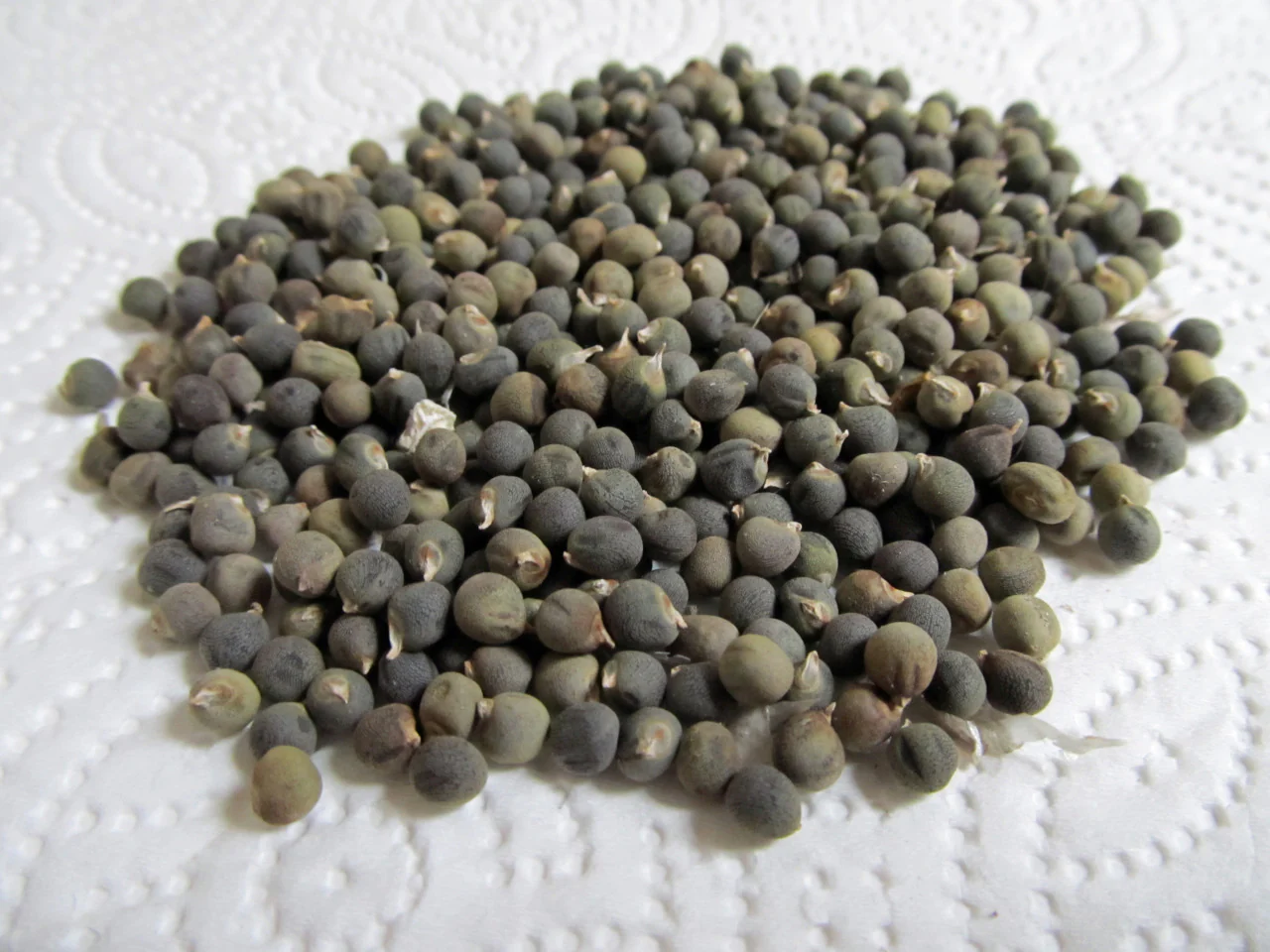

0 thoughts on “How To Get Eggplant Seeds”